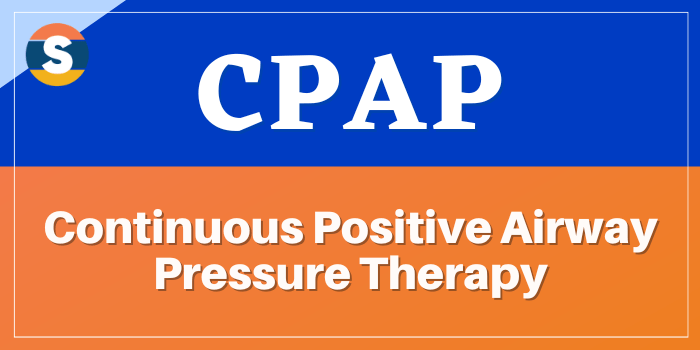
The Full form of CPAP is Continuous Positive Airway Pressure Therapy. CPAP therapy is a treatment method used for patients who have sleep apnea. Sleep apnea is a disorder characterized by a pause or reduction of breathing (airflow) during sleep. It is common among adults, becoming more common in children. Although a diagnosis of sleep apnea often will be suspected on the basis of a person’s medical history, there are several tests that can be used to confirm the diagnosis. The treatment can either be surgical or nonsurgical. CPAP machines use mild air pressure to keep the airways open, and are typically used by patients who have sleep apnea. More specifically, CPAP therapy helps accomplish in making sure that your airway doesn’t collapse when you breathe while asleep. The therapy involves a CPAP machine, which comprises of: a mask that covers your mouth and nose, a mask that covers your nose only, or evens prongs that fit into your nose, a tube that connects the mask to the CPAP machine’s motor and a motor that blows air into the tube. Some of the most common side effects from CPAP therapy are the feeling of claustrophobia under the CPAP mask and nasal congestion or runny nose.